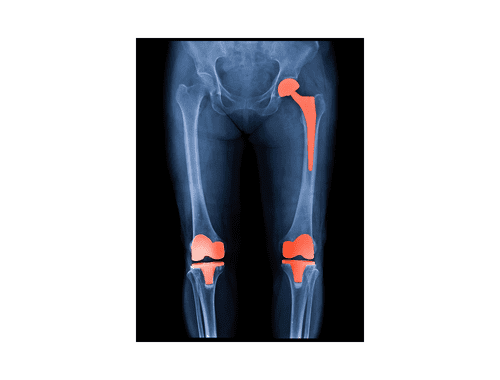
What After Hip Replacement Surgery!
Hip replacement surgery is a common procedure for individuals experiencing chronic hip pain and limited mobility. Although the surgery can be effective, it often results in a leg length discrepancy, which can cause gait abnormalities and lead to secondary joint issues. To alleviate this problem, many doctors recommend shoe lifts as a postoperative solution. In this article, we will discuss shoe lifts, how they work, and the recommendations for their use after hip replacement surgery.
What are shoe lifts?
Shoe lifts, also known as heel lifts or height insoles, are shoe inserts that are designed to increase the height of one leg to match the other leg. They are commonly used to treat leg length discrepancies and can be made from various materials, such as foam, cork, or rubber.
How do shoe lifts work?
Shoe lifts work by increasing the height of one shoe, which helps to align the hips and reduce the strain on the lower back, knees, and feet. In the case of postoperative patients, they can help to reduce gait abnormalities and prevent secondary joint issues.
What are the types of shoe lifts?
There are two types of shoe lifts: detachable and permanent. Detachable shoe lifts can be removed from the shoe and transferred to another pair of shoes. They are useful for individuals who want to use the shoe lifts with different types of shoes. On the other hand, permanent shoe lifts are fixed to the sole of the shoe, and they are not transferable to other shoes.
When to use shoe lifts after hip replacement surgery?
Shoe lifts are often recommended by doctors to correct leg length discrepancies after hip replacement surgery. It is important to note that the use of shoe lifts should be determined by a healthcare professional and should only be used when necessary. They are usually recommended when the difference in leg length is more than half an inch. Using a shoe lift in such a situation can help to reduce gait abnormalities and prevent secondary joint issues.
How to select the appropriate shoe lift?
Selecting the appropriate shoe lift depends on the individual’s needs and the recommendation of their healthcare provider. The shoe lift should be comfortable and fit properly in the shoe. It is also important to select the correct height of the shoe lift to ensure the alignment of the hips and prevent any further complications.
How to wear shoe lifts?
To wear shoe lifts, the individual needs to remove the insole of the shoe and insert the shoe lift underneath it. It is important to ensure that the shoe lift is properly placed and fits snugly in the shoe. Additionally, it is recommended to wear the shoe lift in both shoes to maintain proper balance.
What are the benefits of using shoe lifts?
Using shoe lifts can help to alleviate gait abnormalities and reduce the strain on the lower back, knees, and feet. Additionally, they can prevent secondary joint issues, such as arthritis, which can occur due to the misalignment of the hips. Overall, shoe lifts can significantly improve the quality of life for individuals who have undergone hip replacement surgery.
FAQs:
Q: Are shoe lifts only recommended after hip replacement surgery? A: No, shoe lifts can be recommended for individuals with leg length discrepancies, irrespective of the cause.
Q: Can shoe lifts cause any discomfort or pain? A: Initially, shoe lifts can cause discomfort or pain. However, the discomfort typically goes away after a short adjustment period.
Q: Can I use the same shoe lift with different types of shoes? A: It depends on the type of shoe lift. Detachable shoe lifts can be used with different types of shoes, whereas permanent shoe lifts are fixed to the sole of